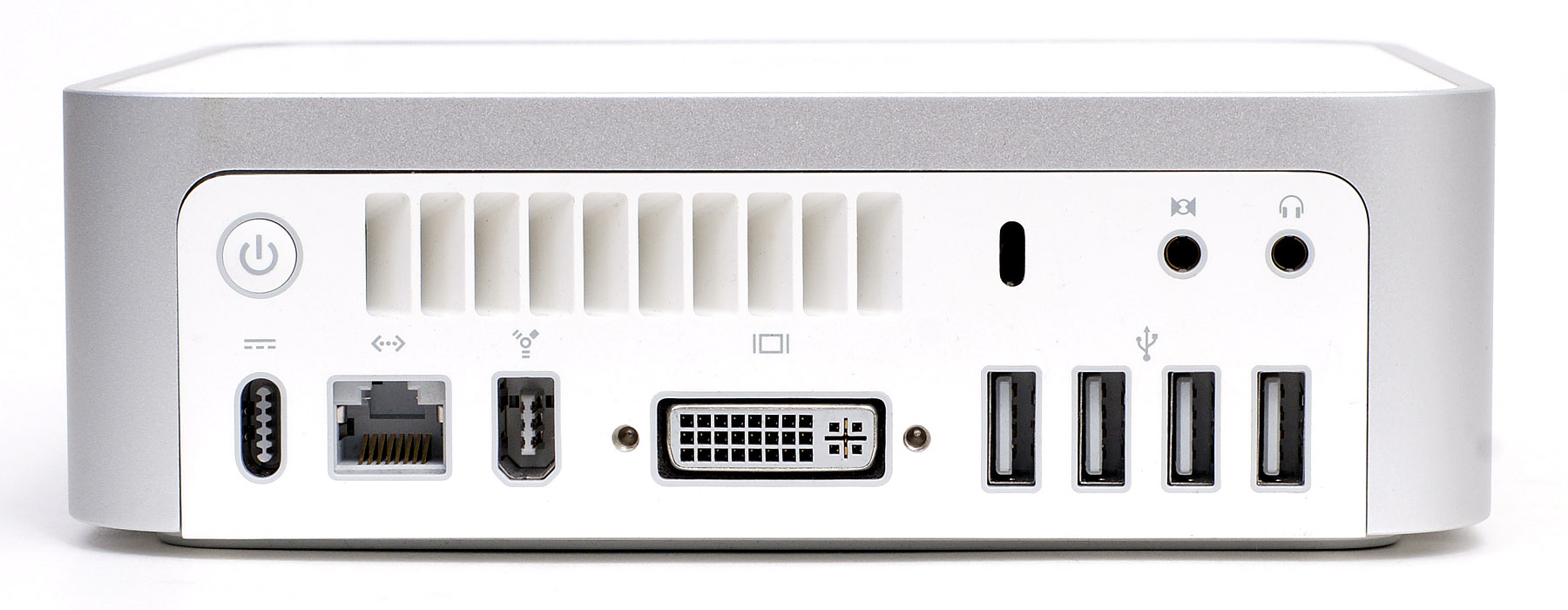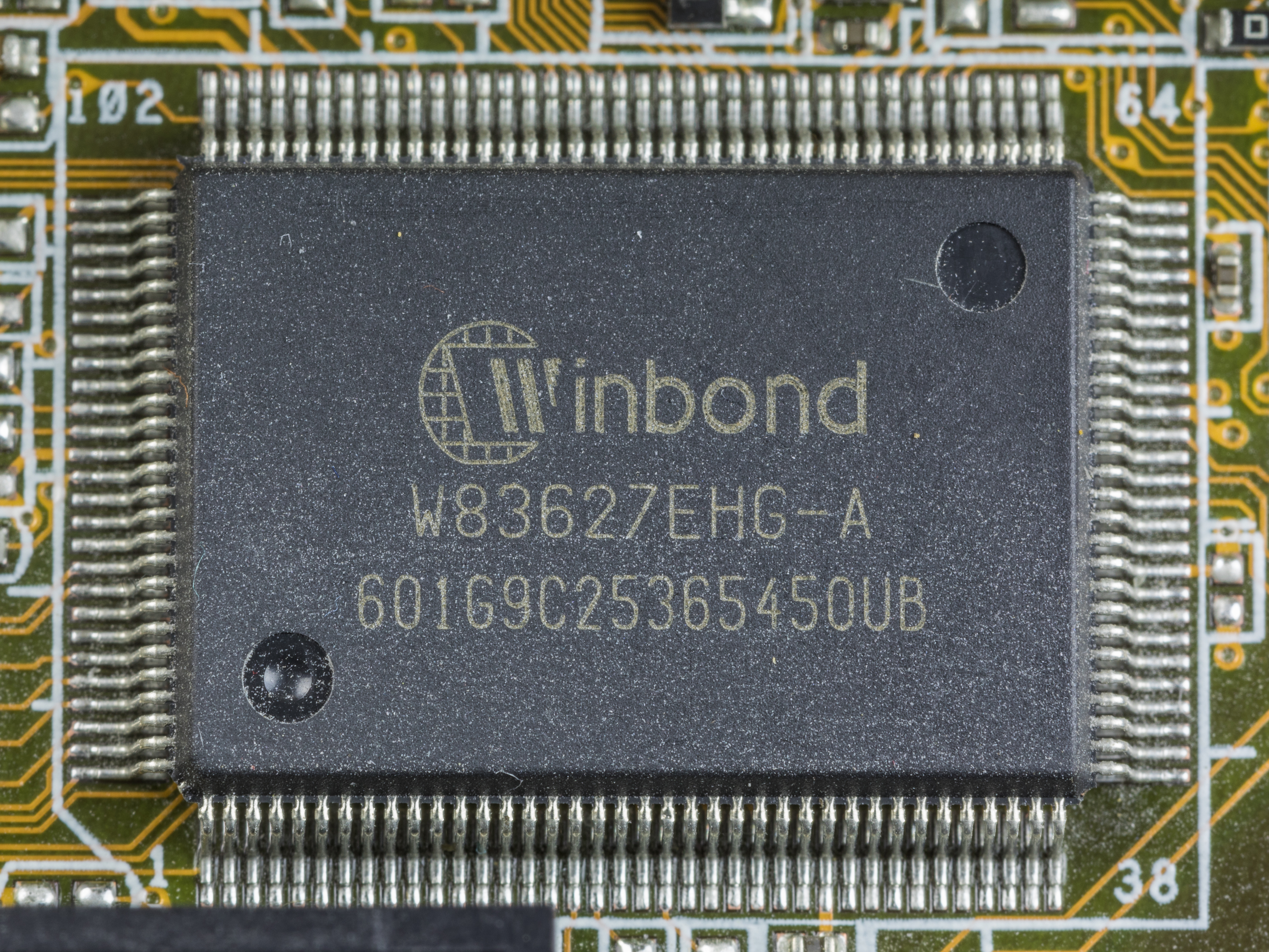|
Debug Port
A debug port is a diagnostic interface (akin to a computer port) included in an electronic system or integrated circuit to aid design, fabrication, development, bootstrapping, configuration, debugging, and post-sale in-system programming. In general terms, a debug port is not necessary for end-use function and is often hidden or disabled in finished products. When constituted in a high availability or safety critical system, a debug port may continue to operate as a system monitor for integrity validation in the finished product. In low-cost or high-volume electronics, debug ports are sometimes left enabled to avoid costs of design changes, and can be used by modders and hackers to gain control of the device or access to extra functionality. To avoid this, some manufacturers may choose to add passkey which needs to be sent over the debug port first before accessing the functionality, and this passkey usually is known only to the manufacturer and/or authorized entities like serv ... [...More Info...] [...Related Items...] OR: [Wikipedia] [Google] [Baidu] [Amazon] |
Computer Port (hardware)
A computer port is a hardware piece on a computer where an electrical connector can be plugged to link the device to external devices, such as another computer, a peripheral device or network equipment. This is a non-standard term. Electronically, the several conductors where the port and cable contacts connect, provide a method to transfer data signals between devices. Bent pins are easier to replace on a cable than on a connector attached to a computer, so it was common to use female connectors for the fixed side of an interface. Computer ports in common use cover a wide variety of shapes such as round ( PS/2, etc.), rectangular (FireWire, etc.), square ( Telephone plug), trapezoidal ( D-Sub — the old printer port was a DB-25), etc. There is some standardization to physical properties and function. For instance, most computers have a keyboard port (currently a Universal Serial Bus USB-like outlet referred to as USB Port), into which the keyboard is connected. Ph ... [...More Info...] [...Related Items...] OR: [Wikipedia] [Google] [Baidu] [Amazon] |
Low Pin Count
The Low Pin Count (LPC) bus is a computer bus used on IBM-compatible personal computers to connect low-bandwidth devices to the CPU, such as the BIOS ROM (BIOS ROM was moved to the Serial Peripheral Interface (SPI) bus in 2006), "legacy" I/O devices (integrated into Super I/O, Embedded Controller, CPLD, and/or IPMI chip), and Trusted Platform Module (TPM). "Legacy" I/O devices usually include serial and parallel ports, PS/2 keyboard, PS/2 mouse, and floppy disk controller. Most PC motherboards with an LPC bus have either a Platform Controller Hub (PCH) or a southbridge chip, which acts as the host and controls the LPC bus. All other devices connected to the physical wires of the LPC bus are peripherals. Overview The LPC bus was introduced by Intel in 1998 as a software-compatible substitute for the Industry Standard Architecture (ISA) bus. It resembles ISA to software, although physically it is quite different. The ISA bus has a 16-bit data bus and a 24-bit add ... [...More Info...] [...Related Items...] OR: [Wikipedia] [Google] [Baidu] [Amazon] |
Electrostatic Discharge
Electrostatic discharge (ESD) is a sudden and momentary flow of electric current between two differently-charged objects when brought close together or when the dielectric between them breaks down, often creating a visible electric spark, spark associated with the static electricity between the objects. ESD can create spectacular electric sparks (lightning, with the accompanying sound of thunder, is an example of a large-scale ESD event), but also less dramatic forms, which may be neither seen nor heard, yet still be large enough to cause damage to sensitive electronic devices. Electric sparks require a field strength above approximately 4 million V/m in air, as notably occurs in lightning strikes. Other forms of ESD include corona discharge from sharp electrodes, brush discharge from blunt electrodes, etc. ESD can cause harmful effects of importance in industry, including explosions in gas, fuel vapor and coal dust, as well as failure of solid state electronics components such as ... [...More Info...] [...Related Items...] OR: [Wikipedia] [Google] [Baidu] [Amazon] |
Level Shifter
In digital electronics, a level shifter, also called level converter or logic level shifter, or voltage level translator, is a circuit used to translate signals from one logic level or voltage domain to another, allowing compatibility between integrated circuits with different voltage requirements, such as TTL and CMOS. Modern systems use level shifters to bridge domains between processors, logic, sensors, and other circuits. In recent years, the three most common logic levels have been 1.8V, 3.3V, and 5V, though levels above and below these voltages are also used. Types of level shifter Uni-directional – All input pins are dedicated to one voltage domain, all output pins are dedicated to the other. Bi-directional with Dedicated ports – Each voltage domain has both input and output pins, but the data direction of a pin does not change. Bi-directional with external direction indicator – When an external signal is changed, inputs become outputs and vice versa. Bi-dir ... [...More Info...] [...Related Items...] OR: [Wikipedia] [Google] [Baidu] [Amazon] |
System On A Chip
A system on a chip (SoC) is an integrated circuit that combines most or all key components of a computer or Electronics, electronic system onto a single microchip. Typically, an SoC includes a central processing unit (CPU) with computer memory, memory, input/output, and computer data storage#Secondary storage, data storage control functions, along with optional features like a graphics processing unit (GPU), Wi-Fi connectivity, and radio frequency processing. This high level of integration minimizes the need for separate, discrete components, thereby enhancing Performance per watt, power efficiency and simplifying device design. High-performance SoCs are often paired with dedicated memory, such as LPDDR, and flash storage chips, such as Universal Flash Storage, eUFS or eMMC, which may be stacked directly on top of the SoC in a Package on a package, package-on-package (PoP) configuration or placed nearby on the motherboard. Some SoCs also operate alongside specialized chips, such ... [...More Info...] [...Related Items...] OR: [Wikipedia] [Google] [Baidu] [Amazon] |
Exception Handling
In computing and computer programming, exception handling is the process of responding to the occurrence of ''exceptions'' – anomalous or exceptional conditions requiring special processing – during the execution of a program. In general, an exception breaks the normal flow of execution and executes a pre-registered ''exception handler''; the details of how this is done depend on whether it is a hardware or software exception and how the software exception is implemented. Exceptions are defined by different layers of a computer system, and the typical layers are CPU-defined interrupts, operating system (OS)-defined signals, programming language-defined exceptions. Each layer requires different ways of exception handling although they may be interrelated, e.g. a CPU interrupt could be turned into an OS signal. Some exceptions, especially hardware ones, may be handled so gracefully that execution can resume where it was interrupted. Definition The definition of an excep ... [...More Info...] [...Related Items...] OR: [Wikipedia] [Google] [Baidu] [Amazon] |
Device Driver
In the context of an operating system, a device driver is a computer program that operates or controls a particular type of device that is attached to a computer or automaton. A driver provides a software interface to hardware devices, enabling operating systems and other computer programs to access hardware functions without needing to know precise details about the hardware being used. A driver communicates with the device through the computer bus or communications subsystem to which the hardware connects. When a calling program invokes a routine in the driver, the driver issues commands to the device (drives it). Once the device sends data back to the driver, the driver may invoke routines in the original calling program. Drivers are hardware dependent and operating-system-specific. They usually provide the interrupt handling required for any necessary asynchronous time-dependent hardware interface. Purpose The main purpose of device drivers is to provide abstraction b ... [...More Info...] [...Related Items...] OR: [Wikipedia] [Google] [Baidu] [Amazon] |
Bare Machine
In information technology, bare machine (or bare-metal computer) is a computer which has no operating system. The software executed by a bare machine, commonly called a "bare metal program" or "bare metal application", is designed to interact directly with hardware. Bare machines are widely used in embedded systems, particularly in cases where resources are limited or high performance is required. Advantages Typically, a bare-metal application will run faster, use less memory and be more power efficient than an equivalent program that relies on an operating system, due to the inherent overhead imposed by system calls. For example, hardware inputs and outputs are directly accessible to bare metal software, whereas they must be accessed through system calls when using an OS. Disadvantages Bare metal applications typically require more effort to develop because operating system services such as memory management and task scheduling are not available. Debugging a bare-metal pro ... [...More Info...] [...Related Items...] OR: [Wikipedia] [Google] [Baidu] [Amazon] |
Extreme Tech
ExtremeTech is a technology weblog, launched in June 2001, which focuses on hardware, computer software, science, and other technologies. Between 2003 and 2005, ExtremeTech was also a print magazine and the publisher of a popular series of how-to and do-it-yourself books. Background ExtremeTech was launched as a website in June 2001, with co-founder Bill Machrone as Editor-in-Chief, and fellow co-founder Nick Stam as Senior Technical Director. Loyd Case, Dave Salvator, Mark Hachman, and Jim Lynch were other original core ET staff. In 2002 Jim Louderback became the Editor-in-Chief. When initially launched, ExtremeTech covered a broad range of technical topics with very in-depth technical stories. Topic areas included core PC techniques (CPUs/GPUs), networking, operating systems, software development, display technology, printers, scanners, etc. By 2003, Ziff Davis management wanted to reduce expenses and cut back content to core PC tech areas, focusing on how to build and opti ... [...More Info...] [...Related Items...] OR: [Wikipedia] [Google] [Baidu] [Amazon] |
Nexus Debug
Nexus or IEEE-ISTO 5001-2003 is a standard debugging interface for embedded systems. Features The IEEE-ISTO 5001-2003 (Nexus) feature set is modeled on today's on-chip debug implementations, most of which are processor-specific. Its goal is to create a rich debug feature set while minimizing the required pin-count and die area, and being both processor- and architecture independent. It also supports multi-core and multi-processor designs. Accordingly, it is comparable to the ARM CoreSight debug architecture. Physically, IEEE-ISTO 5001-2003 defines a standard set of connectors for connecting the debug tool to the target or system under test. Logically, data is transferred using a packet-based protocol. This protocol can be JTAG (IEEE 1149.1); or, for high-speed systems, an auxiliary port can be used that supports full duplex, higher bandwidth transfers. Key Nexus functionality involves either JTAG-style request/response interactions, or packets transferred through the debug p ... [...More Info...] [...Related Items...] OR: [Wikipedia] [Google] [Baidu] [Amazon] |
Program And Debug Interface
AVR is a family of microcontrollers developed since 1996 by Atmel, acquired by Microchip Technology in 2016. They are 8-bit RISC single-chip microcontrollers based on a modified Harvard architecture. AVR was one of the first microcontroller families to use on-chip flash memory for program storage, as opposed to one-time programmable ROM, EPROM, or EEPROM used by other microcontrollers at the time. AVR microcontrollers are used numerously as embedded systems. They are especially common in hobbyist and educational embedded applications, popularized by their inclusion in many of the Arduino line of open hardware development boards. The AVR 8-bit microcontroller architecture was introduced in 1997. By 2003, Atmel had shipped 500 million AVR flash microcontrollers. History The AVR architecture was conceived by two students at the Norwegian Institute of Technology (NTH), Alf-Egil Bogen and Vegard Wollan.Archived aGhostarchiveand thWayback Machine Atmel says that the name AV ... [...More Info...] [...Related Items...] OR: [Wikipedia] [Google] [Baidu] [Amazon] |



